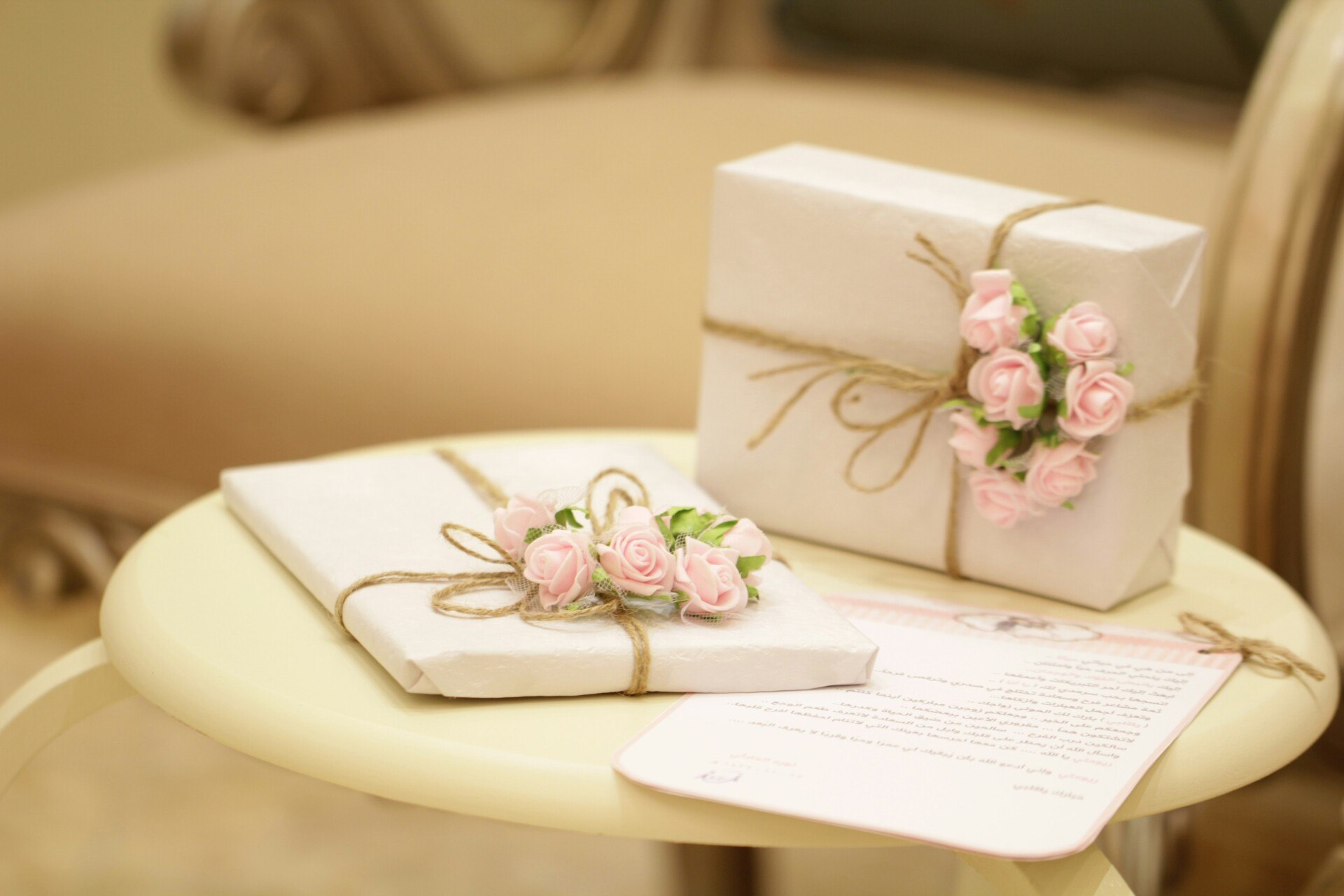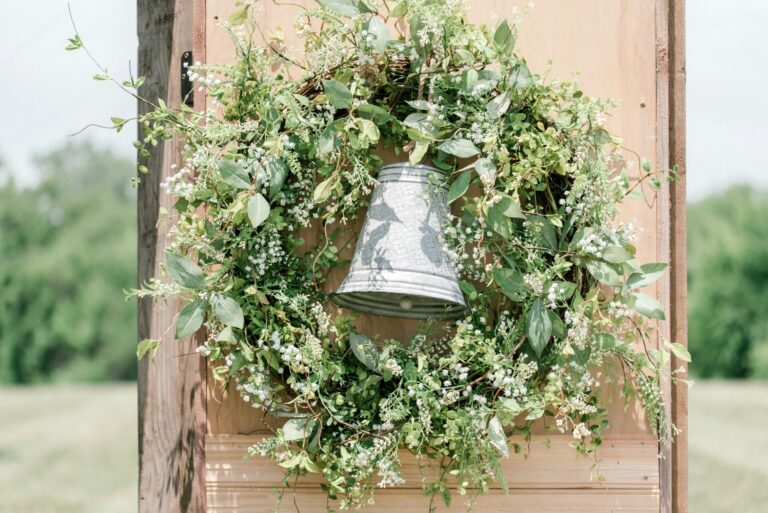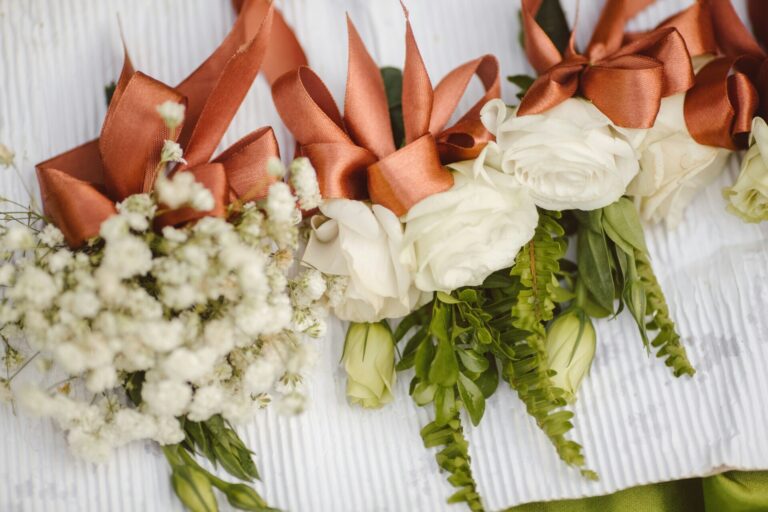Every corner of the globe is a tapestry woven with diverse traditions, customs, and values that define each unique culture. As someone deeply passionate about celebrating global traditions, I’ve always been fascinated by how these differences shape our lives, especially when it comes to significant life events like weddings. Whether you’re planning a wedding with Eastern European brides, Eastern European wives, or embracing diverse customs worldwide, understanding cultural differences can enrich the experience and ensure a meaningful celebration.
In this exploration, we’ll delve into the unique cultural values and global cultural insights that make each tradition special. From the enchanting customs of Eastern Europe women to the vibrant world traditions and heritage, we’ll uncover the beauty and significance behind each cultural practice. Celebrating global traditions not only honors our diverse backgrounds but also fosters cross-cultural appreciation, creating connections that transcend borders.
The Rich Traditions of Eastern European Brides
Eastern European brides are renowned for their beauty, grace, and the rich cultural traditions they bring to weddings. Countries like Russia, Ukraine, Poland, and Romania each have their own unique customs that add a special touch to the celebration. Understanding these traditions is essential for anyone planning a cross-cultural wedding or simply interested in the diverse customs worldwide. One of the most cherished traditions among Eastern European brides is the “”korovai,”” a beautifully decorated wedding bread symbolizing prosperity and fertility. The korovai is often intricately adorned with flowers, ribbons, and symbolic figures representing the couple’s future. This bread is shared among guests as a gesture of unity and communal joy, reflecting the importance of family and community in Eastern European cultures.
Another fascinating aspect is the “”vyshyvanka,”” the traditional embroidered shirt worn by brides. These shirts are not only stunning pieces of clothing but also carry deep cultural significance. The intricate embroidery patterns are unique to each region and often include symbols that represent love, protection, and good fortune. Wearing a vyshyvanka allows brides to honor their heritage and showcase the beauty of their cultural identity. Understanding these traditions not only enriches the wedding experience but also fosters a deeper appreciation for the cultural beauty around the world. Whether incorporating these elements into your own celebration or simply admiring them, the traditions of Eastern European brides offer a glimpse into the rich tapestry of global cultural heritage.
Celebrating Global Traditions: A Table of Unique Wedding Customs
Celebrating global traditions brings a rich variety of customs and rituals to weddings, each with its own story and significance. To better understand the diversity in wedding traditions, here’s a table highlighting some unique customs from different cultures:

| Culture | Wedding Custom | Meaning |
|---|---|---|
| Japan | San-san-kudo | Couple takes three sips from three different sake cups, symbolizing bonding and mutual commitment. |
| India | Saat Phere | Seven rounds around a sacred fire, each round representing a specific vow and promise. |
| Scotland | Handfasting | Binding the couple’s hands together to symbolize their union and commitment. |
| Mexico | Lazo Ceremony | Placing a lasso in a figure-eight shape around the couple to symbolize eternal love and unity. |
| China | Tea Ceremony | Serving tea to elders as a sign of respect and to receive blessings for the marriage. |
This table showcases just a few examples of the myriad wedding customs celebrated around the world. Each tradition adds a unique element to the wedding, making it a truly global celebration of love and unity.
Understanding Other Cultures Through Weddings
Weddings are more than just ceremonies; they are a window into the cultural identity and meaning that each society holds dear. By participating in or observing different wedding traditions, we gain a deeper understanding of other cultures and their values. For example, traditional Greek weddings often include the “”Stefana”” ceremony, where the couple wears crowns symbolizing their union and the sharing of responsibilities in their marriage. This tradition emphasizes the partnership and mutual respect that are foundational to Greek culture.
Similarly, in Jewish weddings, the breaking of the glass at the end of the ceremony serves as a reminder of the fragility of relationships and the commitment required to maintain them. This act also honors the history and resilience of the Jewish people, connecting the present moment to a long lineage of traditions. In many African cultures, vibrant attire, lively music, and dance are integral parts of the wedding celebration. These elements not only bring joy and energy to the event but also celebrate the community and the joyous union of two families. Each gesture and performance carries cultural significance, reinforcing the bonds that tie the community together.
By understanding and respecting these cultural nuances, we build bridges of empathy and appreciation. This cross-cultural appreciation enriches our own lives, fostering a sense of global connectedness and respect for diversity. Whether you’re incorporating elements from another culture into your wedding or simply appreciating them from afar, understanding other cultures through weddings broadens our perspectives and deepens our appreciation for the world’s rich cultural mosaic.
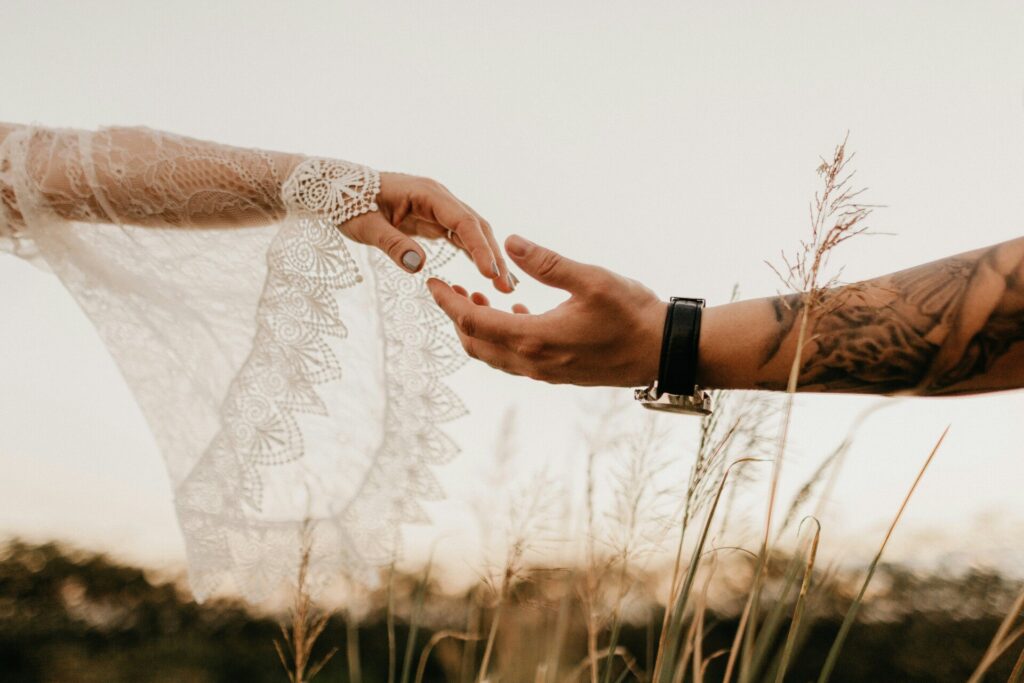
Tips for Incorporating Cultural Traditions into Your Wedding
Incorporating cultural traditions into your wedding can make your celebration uniquely meaningful and reflective of your heritage. Here are some tips to help you blend different cultural elements seamlessly:
- Research and Respect: Take the time to thoroughly research the traditions you wish to include. Understand their significance and ensure they are incorporated respectfully and appropriately.
- Communicate with Family: Engage your families in the planning process. Discuss which traditions are important to them and how they can be included in the ceremony and reception.
- Blend Elements: Combine aspects from different cultures in a harmonious way. For example, you might mix traditional attire with modern wedding decor to create a balanced and unique aesthetic.
- Personalize Rituals: Adapt traditional rituals to fit your personal style and preferences. This makes the traditions more meaningful to you while still honoring their origins.
- Consult Experts: If you’re unfamiliar with certain traditions, consider consulting cultural experts or wedding planners who specialize in multicultural weddings to ensure authenticity and respect.
By thoughtfully incorporating cultural traditions, you can create a wedding that is not only beautiful and memorable but also deeply meaningful and reflective of your unique cultural identity and meaning.
Global Cultural Insights: Enhancing Your Wedding Experience
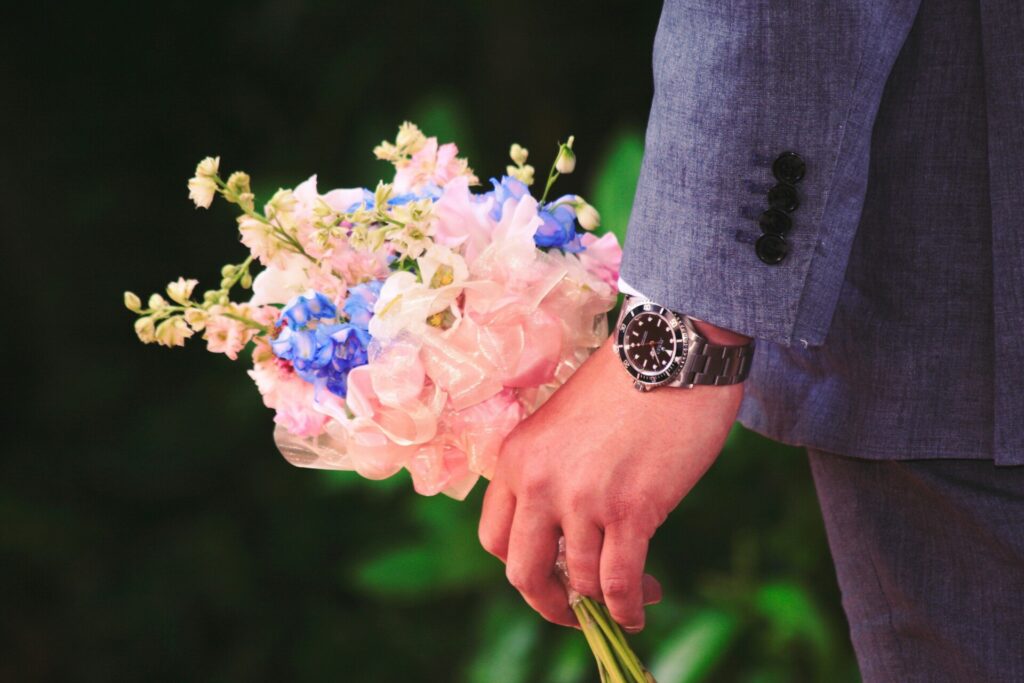
Gaining global cultural insights can significantly enhance your wedding planning and execution. These insights provide valuable perspectives that can help you create a celebration that is both unique and meaningful. Understanding the significance of different rituals and customs allows you to incorporate elements that resonate with your personal and cultural values. For example, if you admire the symbolic unity in Japanese weddings, you might include a sake-sharing ceremony to represent your commitment to each other. Global cultural insights can inspire your wedding décor, attire, and overall theme. Drawing inspiration from various cultures can lead to a beautifully eclectic and personalized wedding aesthetic. Imagine blending the elegance of Western floral arrangements with the vibrant colors of Indian textiles, creating a visually stunning and culturally rich environment.
Being aware of cultural etiquette and traditions ensures that your wedding is respectful and inclusive. This is particularly important in cross-cultural weddings where different family traditions and expectations may come into play. Being sensitive to these aspects fosters a harmonious and joyful celebration for everyone involved.
Embracing global cultural insights also opens up opportunities for your guests to experience and appreciate different traditions. This not only enriches their experience but also promotes a sense of unity and mutual respect among diverse attendees.Incorporating these insights into your wedding planning process allows you to create a celebration that is not only beautiful and unique but also deeply meaningful and reflective of your shared cultural heritage and values.
Appreciating Cultural Beauty Around the World
Cultural beauty is found in the diverse ways people celebrate love and commitment. Each culture brings its own unique flavors, colors, and symbols to weddings, creating a rich and varied tapestry of traditions.
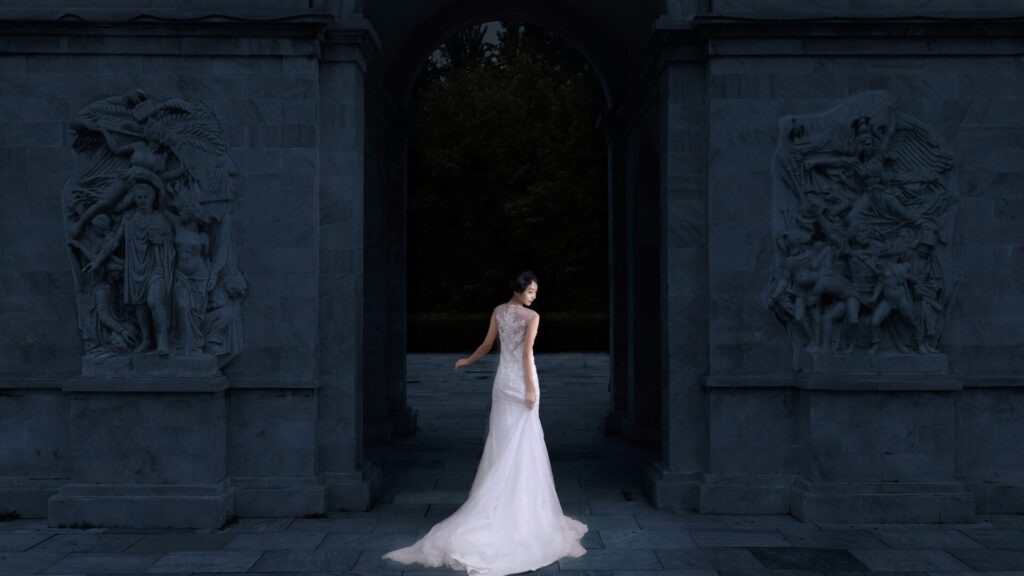
- In Italy, weddings are often filled with joyous exuberance, featuring elaborate feasts, lively music, and heartfelt speeches. The tradition of the “”mezzo latte”” where guests throw dried beans at the couple for good luck, adds a playful and spirited touch to the celebration.
- In India, the grandeur of weddings is unmatched, with vibrant colors, intricate henna designs, and elaborate dance performances. The exchange of “”sindoor”” by the groom symbolizes the bride’s marital status and the protection of their union.
- Japanese weddings are characterized by their elegance and simplicity, often incorporating traditional garments like the “”shiromuku”” for brides and “”montsuki”” for grooms. The “”san-san-kudo”” sake-sharing ritual embodies the harmony and unity between the couple and their families.
- In South Africa, the Nguni people celebrate with the “”umabo”” ceremony, where the bride’s relatives present gifts to the groom’s family, symbolizing the joining of two families. This tradition emphasizes the importance of community and mutual respect in marriage.
By appreciating and embracing the cultural beauty around the world, we not only enhance our own wedding experiences but also foster a greater respect and understanding for the diverse ways people celebrate love and commitment. Each tradition, no matter how unique, adds a layer of meaning and connection that enriches the universal celebration of marriage.
Cross-Cultural Appreciation: Building Bridges Through Weddings
Weddings are powerful events that can build bridges between different cultures, fostering mutual respect and appreciation. When couples from diverse backgrounds come together to celebrate their union, they create opportunities for cultural exchange and understanding.Cross-cultural appreciation starts with acknowledging and valuing each other’s traditions and customs. It involves active listening and open-mindedness, allowing each partner to express what their cultural heritage means to them and how they wish to incorporate it into the wedding.
For instance, a Western bride and an Eastern European groom might blend their traditions by combining the exchange of rings with the Eastern European korovai bread tradition. This fusion not only honors both cultures but also creates a unique and personalized celebration that reflects the couple’s diverse backgrounds.Cross-cultural weddings can serve as educational experiences for guests, providing them with insights into different cultural practices and fostering a greater sense of global connectedness. This shared learning experience can strengthen relationships and build a more inclusive community.
By embracing cross-cultural appreciation, couples can create weddings that are not only beautiful but also meaningful statements of unity and respect. These celebrations become living examples of how diverse cultures can come together to create something truly remarkable and harmonious. In essence, cross-cultural appreciation in weddings goes beyond the ceremony itself; it promotes a broader understanding and respect for diversity, paving the way for a more interconnected and harmonious world.
